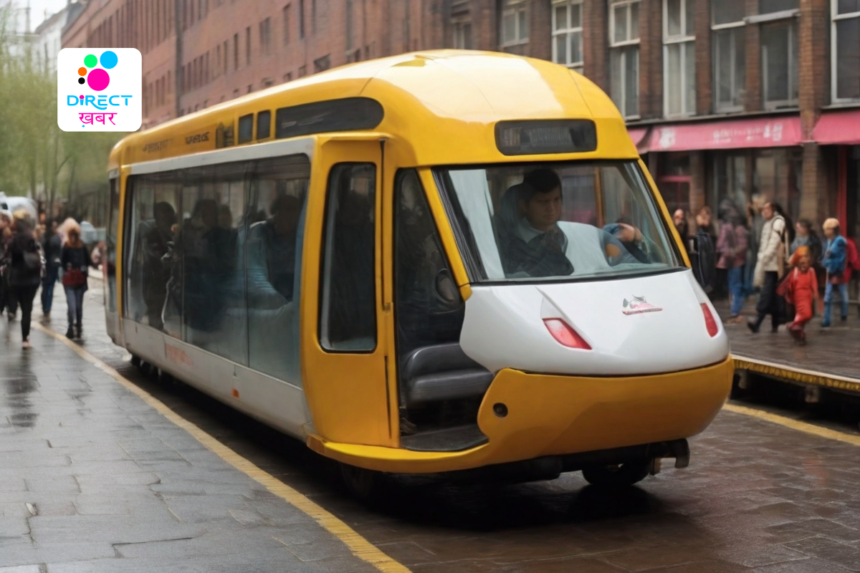Beyond the Fast Lane: Alternative Transportation Solutions
In an era characterized by congestion, pollution, and concerns about fossil fuel depletion, the need for alternative transportation solutions has become increasingly urgent. While traditional modes of transportation like cars and airplanes dominate the landscape, innovative alternatives are emerging to address the challenges posed by these conventional methods. From electric vehicles to hyperloops, bicycles to drones, a variety of options are reshaping the way we think about getting from point A to point B. Let’s explore some of these alternative transportation solutions and their potential to transform our world.
Electric Vehicles (EVs):
Electric vehicles have gained significant traction in recent years as a cleaner and more sustainable alternative to traditional gasoline-powered cars. With advancements in battery technology and charging infrastructure, EVs are becoming more accessible and practical for everyday use. Companies like Tesla, Nissan, and Chevrolet have introduced affordable electric models with impressive ranges, making them a viable option for consumers concerned about environmental impact and fuel costs.

Public Transportation:
Investing in efficient public transportation systems is essential for reducing traffic congestion and emissions in urban areas. Mass transit options such as buses, trains, and subways offer a more sustainable alternative to individual car travel, especially in densely populated cities. Initiatives to improve and expand public transportation networks, coupled with incentives to encourage their use, can lead to significant reductions in greenhouse gas emissions and air pollution.
Cycling Infrastructure:
Promoting cycling as a mode of transportation not only reduces carbon emissions but also promotes physical activity and improves public health. Cities around the world are investing in cycling infrastructure, including bike lanes, bike-sharing programs, and secure parking facilities, to encourage more people to commute by bike. By making cycling safer and more convenient, communities can reduce reliance on cars and promote sustainable transportation habits.
Shared Mobility Services:
The rise of shared mobility services, such as ride-hailing apps and car-sharing programs, is transforming the way people travel in urban environments. Companies like Uber, Lyft, and Zipcar offer convenient alternatives to traditional car ownership, allowing users to access transportation on-demand without the hassle of maintenance, parking, and insurance. By maximizing the efficiency of existing vehicles and reducing the overall number of cars on the road, shared mobility services contribute to congestion reduction and environmental sustainability.
Hyperloop and High-Speed Rail:
Hyperloop technology promises to revolutionize long-distance transportation by propelling passenger pods through low-pressure tubes at near-supersonic speeds. Similarly, high-speed rail networks offer a fast, efficient, and eco-friendly alternative to air travel for intercity and regional journeys. Projects like the Hyperloop One and the California High-Speed Rail are pushing the boundaries of transportation innovation, aiming to create a more connected and sustainable future.
Autonomous Vehicles (AVs):
Autonomous vehicles have the potential to revolutionize transportation by improving safety, reducing traffic congestion, and optimizing energy efficiency. By eliminating human error and enabling vehicles to communicate with each other and infrastructure, AVs can enhance mobility for people of all ages and abilities. However, widespread adoption of autonomous technology requires careful consideration of regulatory, ethical, and cybersecurity implications to ensure safe and equitable deployment.
Aerial Mobility:
Unmanned aerial vehicles (UAVs), or drones, offer a novel solution to urban congestion by providing aerial transportation for goods and people. From medical supply deliveries to urban air taxis, drones have the potential to revolutionize last-mile logistics and alleviate traffic congestion on the ground. However, regulatory frameworks and safety concerns must be addressed to realize the full potential of aerial mobility in urban environments.
In conclusion, alternative transportation solutions offer promising opportunities to address the challenges posed by conventional modes of transportation. From electric vehicles and public transit to cycling infrastructure and hyperloop technology, a diverse range of options are reshaping the future of mobility. By embracing innovation and investing in sustainable transportation systems, we can create cleaner, safer, and more efficient ways to travel beyond the fast lane.






